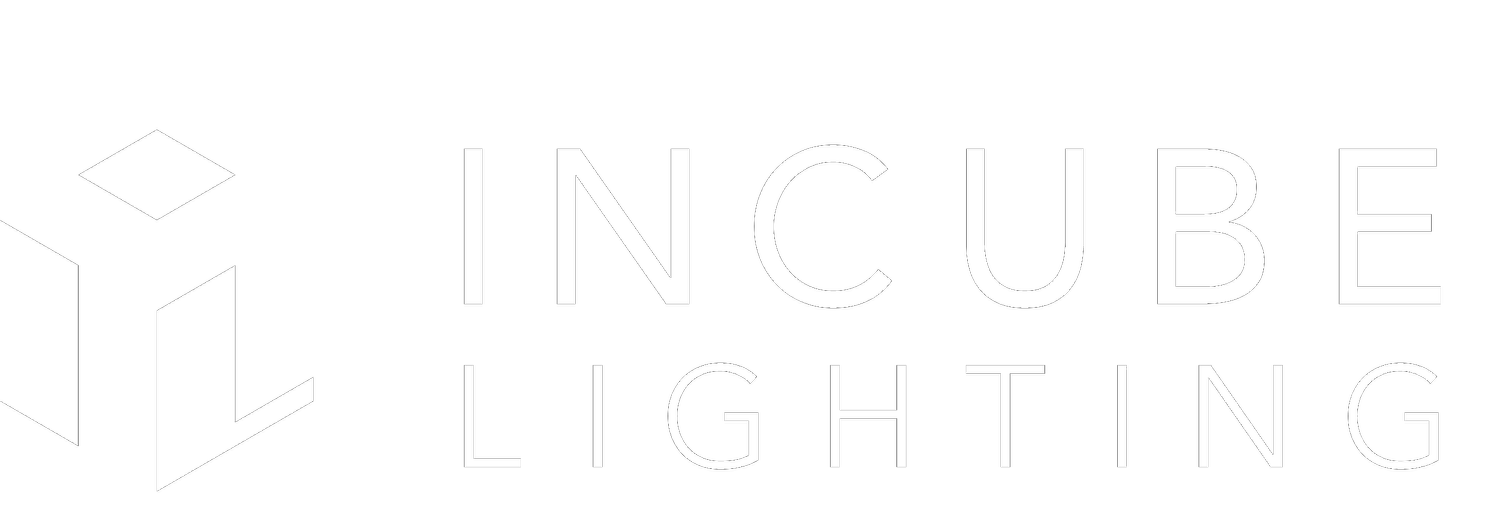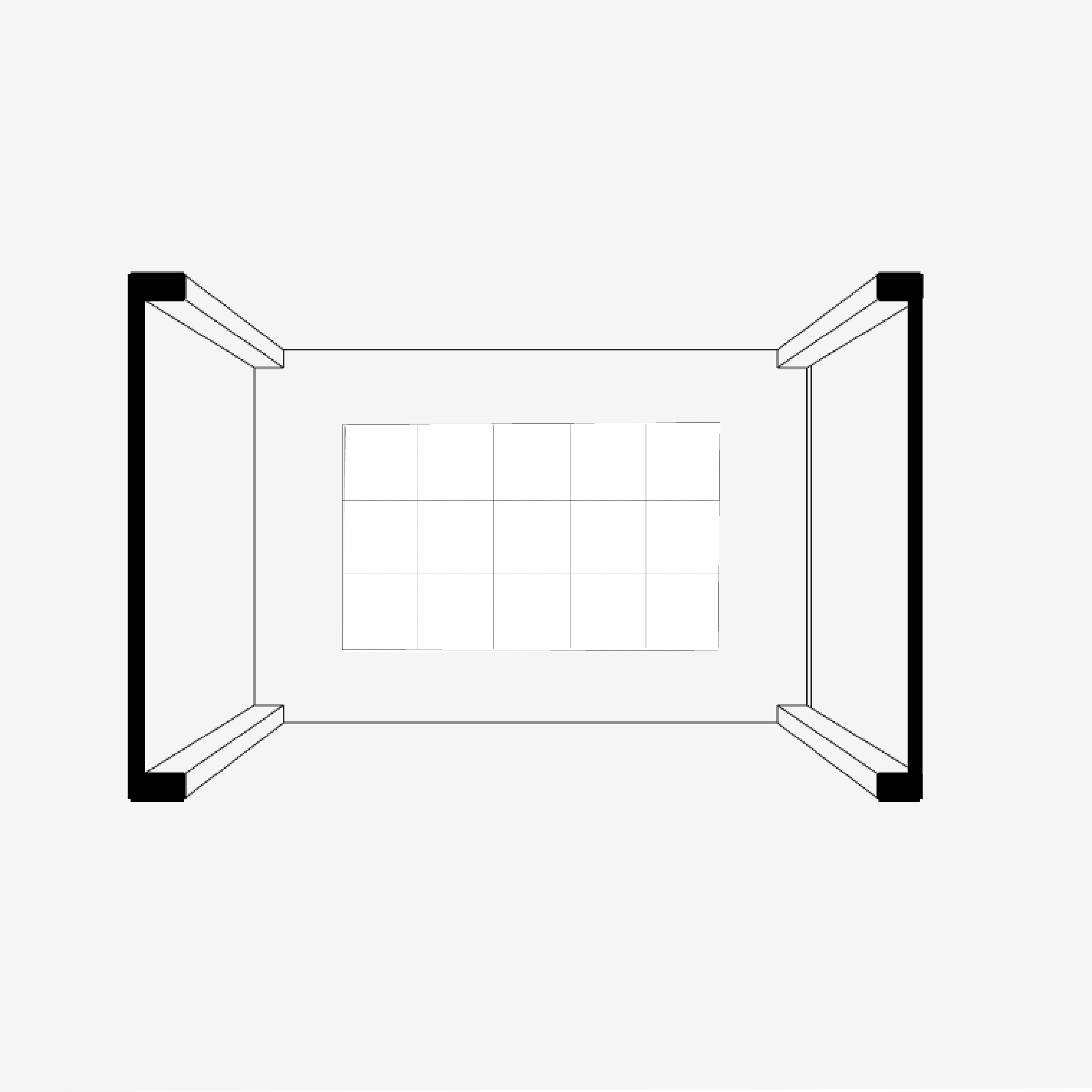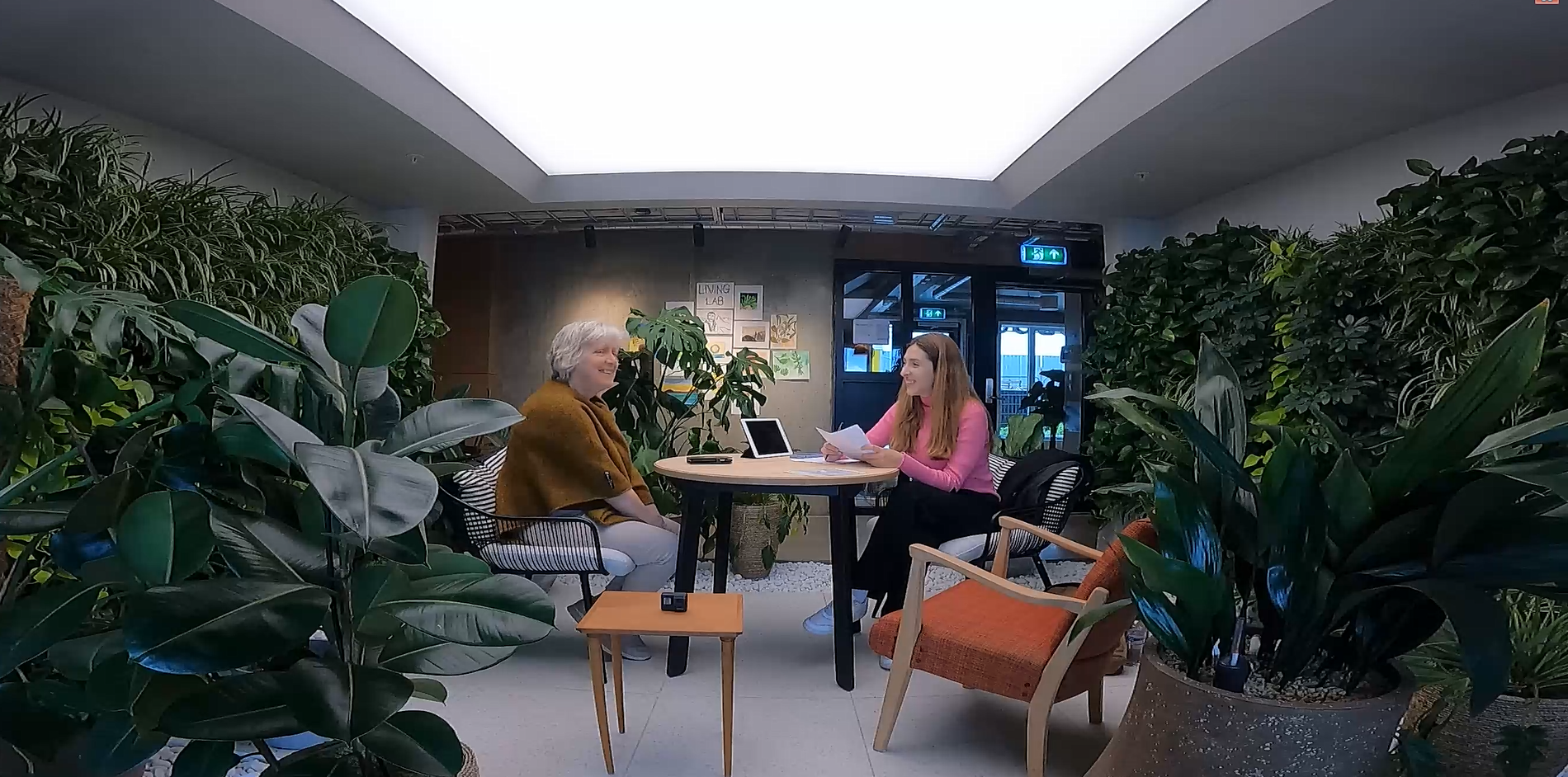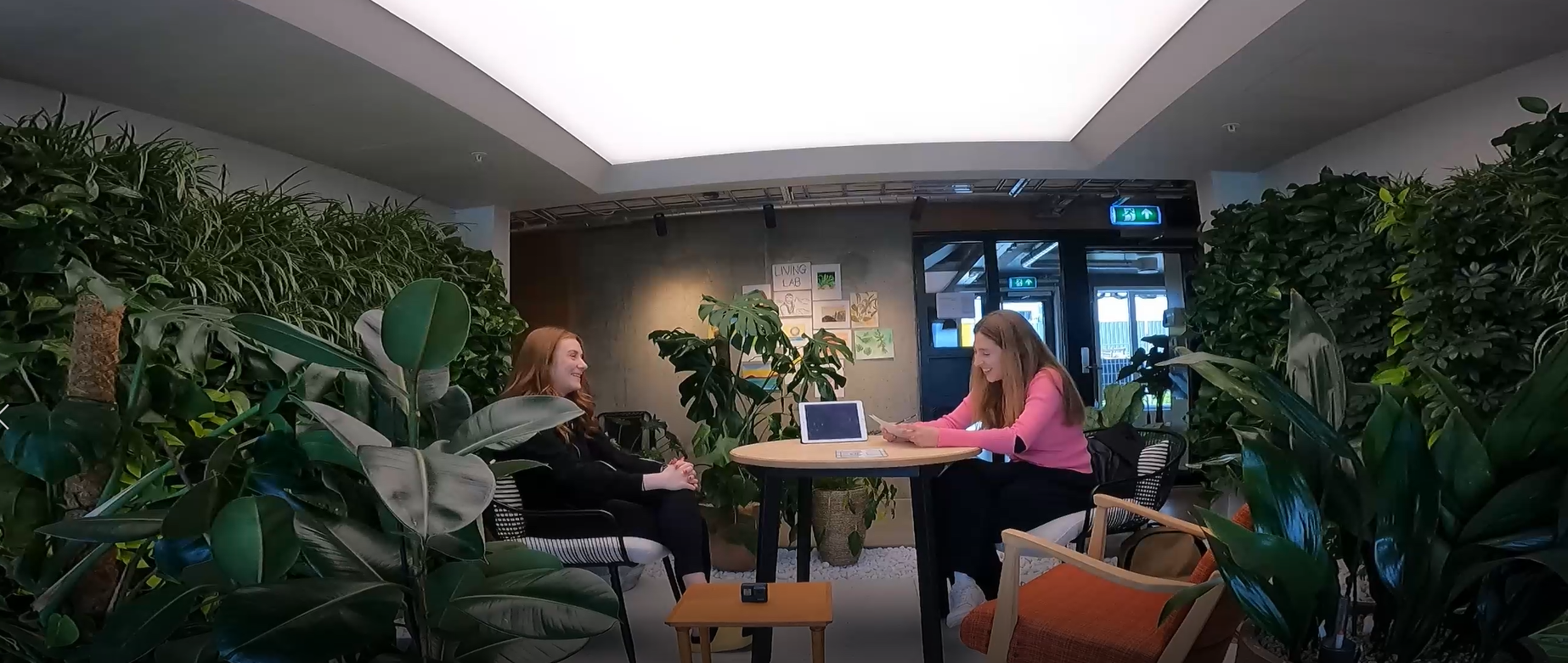OBOS
Living Lab
Transforming the deepest corners of the building into an oasis.

Dream it.
As we transition to high density cities, natural light and landscape slowly become a luxury. Can we bring the outdoors inside? Can we have a garden in the middle of our living environment?
Build it.
Our goal was to create a microcosm inside the building. Every material, detail and plant was selected accordingly. INCUBE LIGHTING was responsible for both the lighting and interior design of the garden.
Test it.
We want to create technologies that last and that have positive impact on our users. In the Living lab, we have a research program with tailored scenarios, inquiries and interviews to test our technology. This reinforces our commitment to continuous improvement.
The intention:
Northern regions deal with both: low solar intensity and low solar angles, accentuating health and wellbeing issues such as sleeping problems or even seasonal affective disorder (SAD). Which shows the urge for an artificial lighting system that can potentially backup sunlight deficiency and address health concerns.
The Setting:
OBOS Living Lab is an apartment block located on Vollebekk in Oslo, consisting of six floors and a total of 34 rental apartments. Here, in collaboration with residents, new technological, social, and material solutions will be tested to explore the future of residential spaces.
Thanks to our partnership with OBOS Living Lab, INCUBE LIGHTING's first Light Garden utilizing our technology is currently undergoing testing by the Living Lab community since 2021.
The Innovation:
We created a system that collects, transports and simulates natural light in order to provide healthy levels of natural light all year around in the darkest area of the building, for both humans and plants.
Why is natural light so important for our health and wellbeing?
Can we develop technologies that can allow us to simulate natural light in order to cause the same positive effects?
How can this new technology impact the future of our cities and our communities?
These are some of the questions that we are trying to answer through our collaboration with the Lighting Research Lab at the Barcelona Technical School of Architecture ETSAB
The Light Garden
The experimental space is called the “Garden” as it intends to increase the natural atmosphere through a group of elements. From the choice of materials, textures, furniture, and plant variety.
The prototype is controlled with mobile applications that can personalize the brightness and set up pre-determined scenes for optimal use.
The light has a carefully planned technology to simulate natural light
Participant’s frequency on the use of the Garden and gender distribuition
Percentage of participants that perceived the impacts of the light
Percentage of people that perceived the light as natural
The Results
External Recognition
The external validation of our results through the publication of a scientific article in a Q1 magazine, along with presentations at congresses and other media outlets, has been instrumental in fueling our motivation to strive for more impactful outcomes. This recognition not only reinforces the credibility of our research within the scientific community but also emphasizes the broader significance of our work. Currently, at the lab, we remain dedicated to our mission, tirelessly updating our technology and exploring additional parameters to deepen our understanding and contribute further to the advancement of the innovation.











